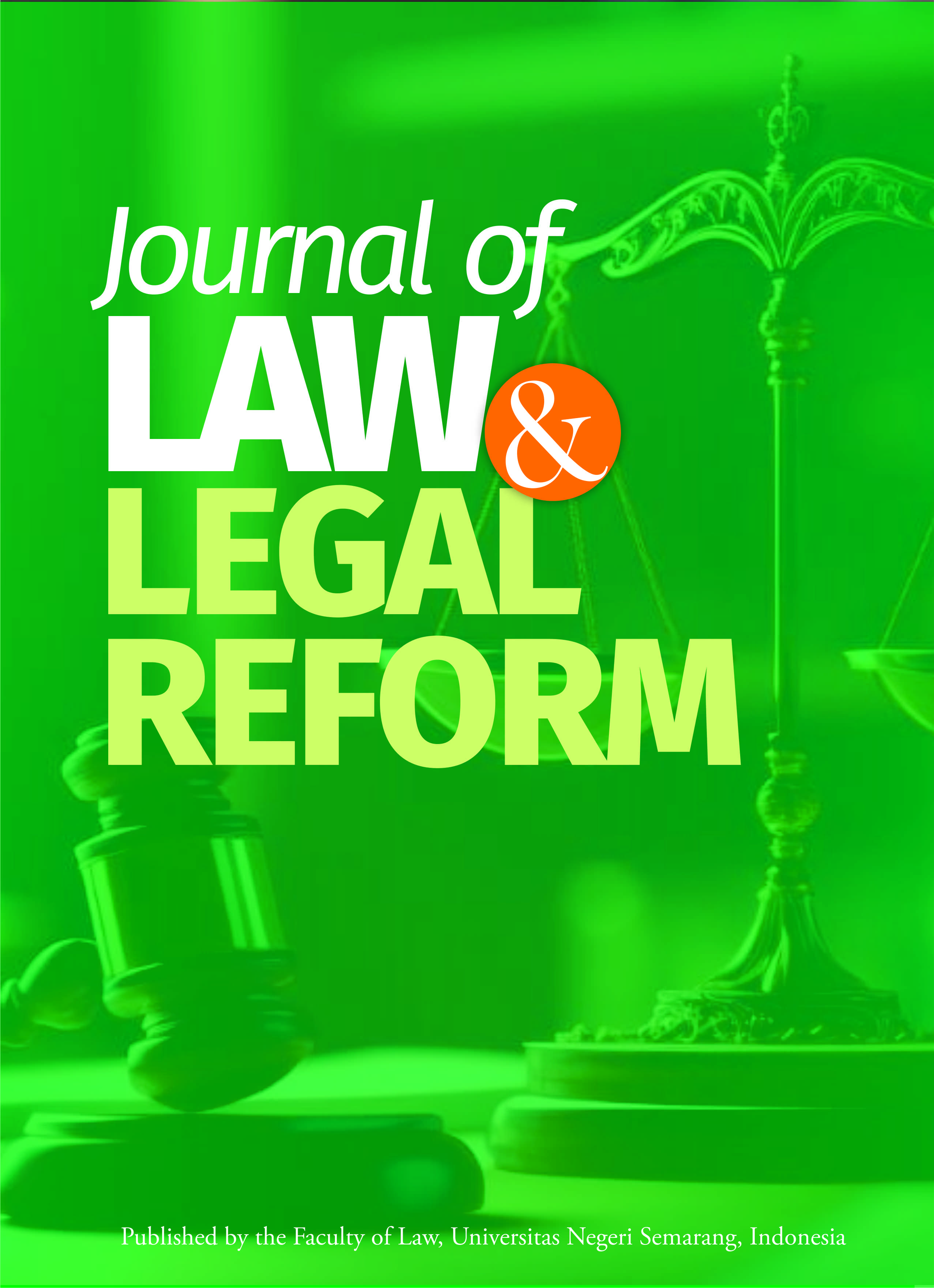Role of Damang (Tribal Chief) on Domestic Violence Cases (Study at Palangka Raya City, Indonesia)
Main Article Content
Abstract
This study aims to introduce the community to the customs of the Dayak tribe as well as to describe the role of the traditional head damang in handling cases of domestic violence that occurred in the city of Palangka Raya. The people of Central Kalimantan carry out their lives based on rules, norms or orders in navigating life that are regulated by traditional institutions in the form of kedamangan which in this kedamangan customary institution consist of damang, sub-district customary mantir, and village customary mantir. Damang is a customary leader and head of the district level customary peace mantir density who is authorized to enforce Dayak customary law in a customary area. The problem of domestic violence is a serious case that must be handled by the damang because the damang is a person who has the position to resolve and decide on a customary case that occurs in the adat community.
Article Details
All writings published in this journal are personal views of the authors and do not represent the views of this journal and the author's affiliated institutions. Author(s) retain copyrights under a Creative Commons Attribution-NonCommercial-ShareAlike 4.0 International (CC BY-NC-SA 4.0).
References
Ali, A. (1997). Kamus Lengkap Bahasa Indonesia. Bandung: Penabur Ilmu.
Annisa, R. (2010). Kekerasan Terhadap Perempuan. the Global fund for Women. https://doi.org/10.31219/osf.io/xqsp5
Arif, G. (1993). Masalah Koran Kejahatan. Jakarta: Akademika Pressindo.
Bab I Ketentuan Umum Pasal I Huruf r, Mantir Adat adalah perangkat adat atau gelar bagi seseorang yang duduk di dalam Majelis Adat.
Charles, Z., & Bowker, L. (1984). Social Problems: Issues and Solutions. Nelson-Hall.
Edy, S. (1994). Teori Peran. Jakarta: PT. Gramedia Pustaka Utama.
Fakih, M. (1997). Analisis Gender dan Transformasi Sosial. Jakarta: Pustaka Pelajar.
Horby, A. S. (1989). Oxford Advanced Learner’s Dictionary. (Fourth Edi). Oxford: Oxford University Press.
Horoepoetri Arimbi, S. A. (2003). Peran Serta Masyarakat Dalam Pengelolaan Lingkungan. Jakarta: Walhi.
Humm, M. (1996). Mengapa Perempuan Disiksa? Perempuan, 1 Agustus, 4.
Kardinal, T. (2020). Damang Kepala Adat.
Kelembagaan Adat Dayak di Kota Palangka Raya.
Kemenkes, R. (2012). Pedoman Pengendalan Kekerasan Dalam Rumah Tangga. Jakarta: Kemenkes RI.
Kusni, S. (2011). Budaya Dayak Permasalahan dan Alternatifnya. Jakarta: Bayu Media.
Linda, M. (2020). Understanding Domestic Violence: Masculinty, Culture, Traditions. South Africa: Departement of Sociology University of Johannesburg.
Mudjia, R. (2017). Studi Kasus dalam Penelitian Kualitatif. Jurnal Sains Dan Seni ITS, 6(1), 51–66.
Murthada, M. (1995). Hak-hak Wanita dalam Islam. Jakarta: Lentera.
Peraturan Perkawinan Menurut Hukum Adat Dayak Kalimantan Tengah, 2010.
Poerwadarminta. (2003). Kamus Umum Bahasa Indonesia. Jakarta: Balai Pustaka.
Rancangan Undang-Undang Anti Kekerasan Dalam Rumah Tangga. Tim Perumusan Draft Rancangan Undang-Undang Anti Kekerasan Dalam Rumah Tangga.
Robert, A. B. (2003). Psikologi Sosial. Surabaya: Airlangga.
Sarwono, S. (2002). Psikologi Sosial dan Teori-Teori Psikologi Sosial. Jakarta: PT. Raja Grafindo.
Tjilik, R. (1973). Kalimantan Tengah Membangun. Jakarta: PT. Tirta Wacana.
Undang Undang Nomor 23 Tahun 2004 Tentang Kekerasan Dalam Rumah Tangga.
